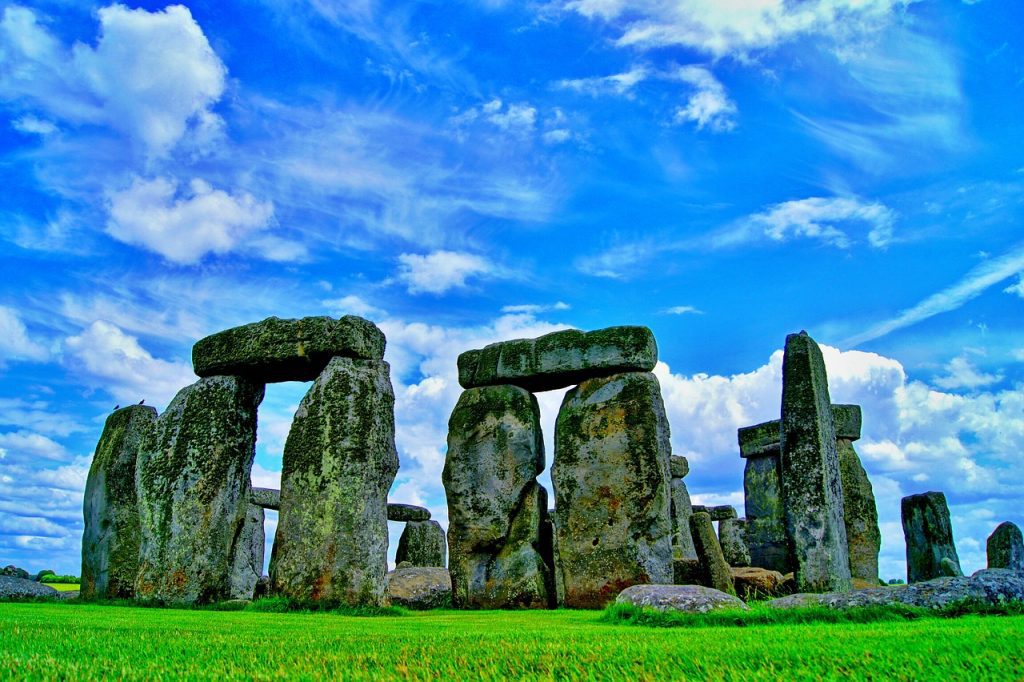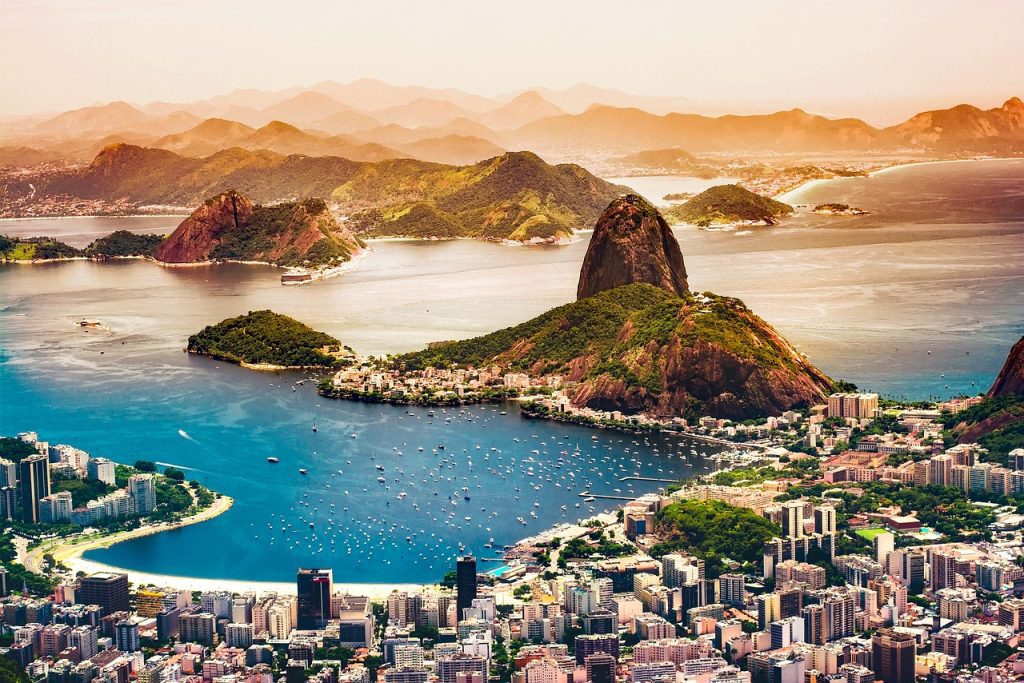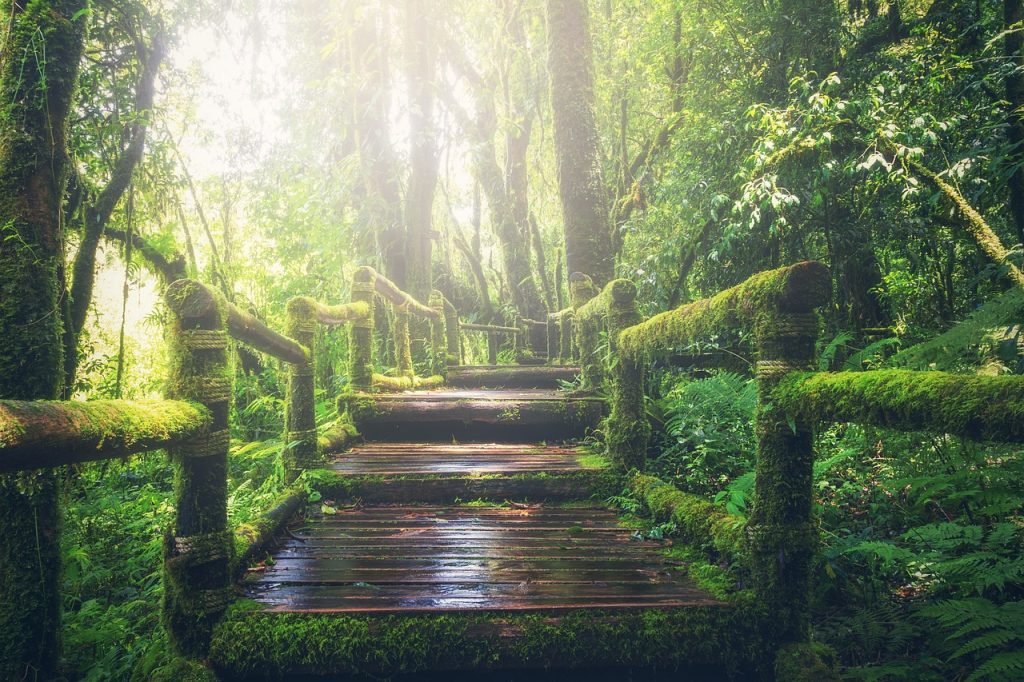If the world were a book, then wouldn’t historical landmarks be its most captivating chapters? The stones whisper tales of yore, the architecture bespeaks of past civilizations, and the atmosphere transports us back in time. In our quest to uncover history’s greatest landmarks, where shall we first set foot?
The Great Pyramids of Giza, Egypt: The Ancient Wonders
The Great Pyramids of Giza, the last of the Seven Wonders of the Ancient World, offer a humbling spectacle.
- Astonishing architecture: Carved out of limestone, do the pyramids not echo the marvels of ancient Egyptian engineering and precision?
- Symbol of civilization: Housing the pharaohs’ remains, do they not encapsulate the grandeur of the ancient Egyptian civilization?
- The Sphinx riddle: Guarding these monumental tombs, does the Sphinx not pose a perpetual enigma that both baffles and fascinates us?
The Colosseum, Rome: Echoes of Gladiatorial Clashes
The Colosseum, an enduring symbol of Rome’s Imperial strength, stands as a silent testament to a bygone era of gladiatorial contests.
- Architectural feat: With its intricate system of vaults and arches, does the Colosseum not embody the ingenuity of Roman engineering?
- Historical significance: Once a venue of grand spectacles, does it not transport us to a time when the roars of spectators echoed within its walls?
- A symbol of resilience: Despite the ravages of time and man, doesn’t the Colosseum’s survival serve as a powerful reminder of Rome’s enduring legacy?
Machu Picchu, Peru: The Lost City of the Incas
Machu Picchu, perched high amidst the Andean peaks, is a breathtaking testament to Incan civilization.
- Architectural marvel: Constructed without mortar, do the city’s buildings not bear testament to the Incas’ architectural prowess?
- Cultural significance: With its temples and astronomical observatory, doesn’t it offer a profound insight into Incan culture and beliefs?
- Natural wonder: Nestled within lush mountains and clouds, does Machu Picchu not offer a surreal blend of man-made and natural beauty?
Taj Mahal, India: An Embodiment of Eternal Love
The Taj Mahal, a monument of love etched in gleaming marble, radiates a timeless beauty.
- Architectural grandeur: With its symmetrical structure and ornate details, does the Taj Mahal not represent the zenith of Mughal architecture?
- Symbol of love: As a mausoleum built by Shah Jahan for his beloved wife, isn’t it a poignant emblem of undying love?
- Cultural heritage: With its fusion of Persian, Islamic, and Indian architectural styles, does it not encapsulate the cultural richness of India?
Great Wall of China: The Dragon of the East
Stretching over rugged mountains and vast deserts, the Great Wall of China stands as a monumental tapestry woven through China’s history.
- Engineering wonder: With its impressive length and strategic fortifications, doesn’t it reflect the incredible engineering capabilities of ancient China?
- Historical fortress: Serving as a defense against invasions, isn’t the Great Wall a tangible witness to the turbulent past of China?
- Cultural symbol: Through its presence in literature, art, and folklore, isn’t it deeply entrenched in the cultural consciousness of China?
Stonehenge, England: A Prehistoric Enigma
Stonehenge, a circle of massive stones standing in the English countryside, continues to baffle archaeologists and historians alike.
- Mystery of construction: Given the primitive tools of the era, isn’t the construction of Stonehenge a riddle wrapped in a mystery?
- Astronomical significance: With its alignment with the solstices, isn’t Stonehenge possibly an ancient astronomical tool?
- Spiritual site: With evidence of burials and rituals, doesn’t it seem to have been a sacred site for the prehistoric people?
Petra, Jordan: The Rose City Carved in Stone
Carved into the red-rose cliffs of Jordan, Petra, an ancient city concealed from the world for centuries, enchants with its ornate facades and complex water system.
- Architectural wonder: With structures like the Treasury and Monastery chiseled into the rock-face, doesn’t Petra reflect the Nabataeans’ architectural mastery?
- Ingenious water management: With its sophisticated system of dams, conduits, and reservoirs, does Petra not reveal an advanced understanding of water technology?
- Historical crossroads: As a crucial hub in trade routes, does Petra not resonate with the rich interplay of different cultures?
Conclusion: Walking Through History
History, etched in stone, unfolds itself at these landmarks. These sites, each echoing the triumphs, follies, dreams, and disasters of yesteryears, invite us to step back in time and uncover the narratives sculpted within their stones. So, are you ready to embark on this historical voyage?
Key Takeaways
- The Great Pyramids of Giza encapsulate the grandeur of ancient Egyptian civilization.
- The Colosseum embodies the ingenuity of Roman engineering and reflects Rome’s enduring legacy.
- Machu Picchu offers insights into Incan culture and their architectural prowess.
- The Taj Mahal represents the zenith of Mughal architecture and symbolizes eternal love.
- The Great Wall of China is a testament to ancient China’s engineering capabilities and turbulent history.
- Stonehenge serves as a window into prehistoric times and a witness to ancient astronomy.
- Petra showcases the Nabataeans’ architectural brilliance and their advanced understanding of water technology.
Are you not intrigued by the allure of these historical landmarks that offer a window into the past, a celebration of human ingenuity, and a testament to the indomitable human spirit? The echoes of history await!








